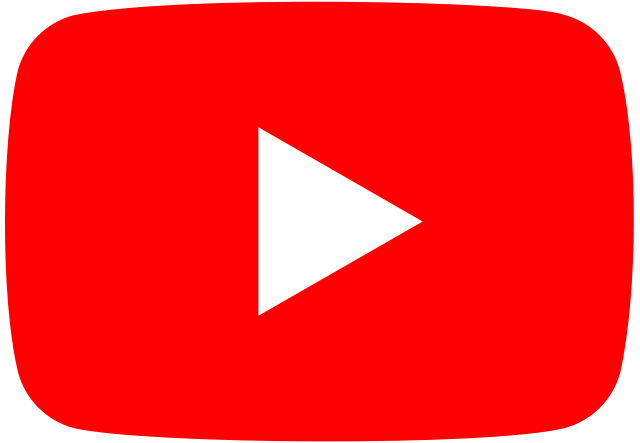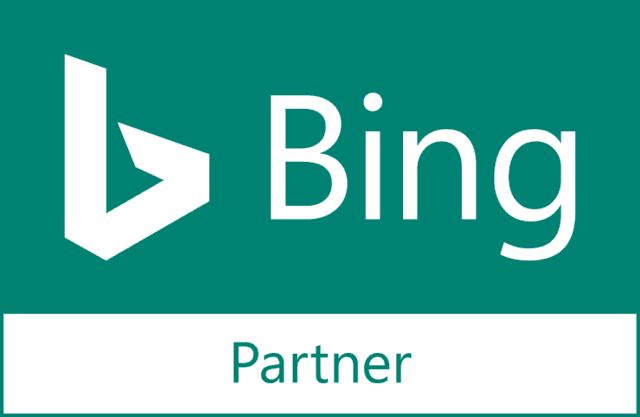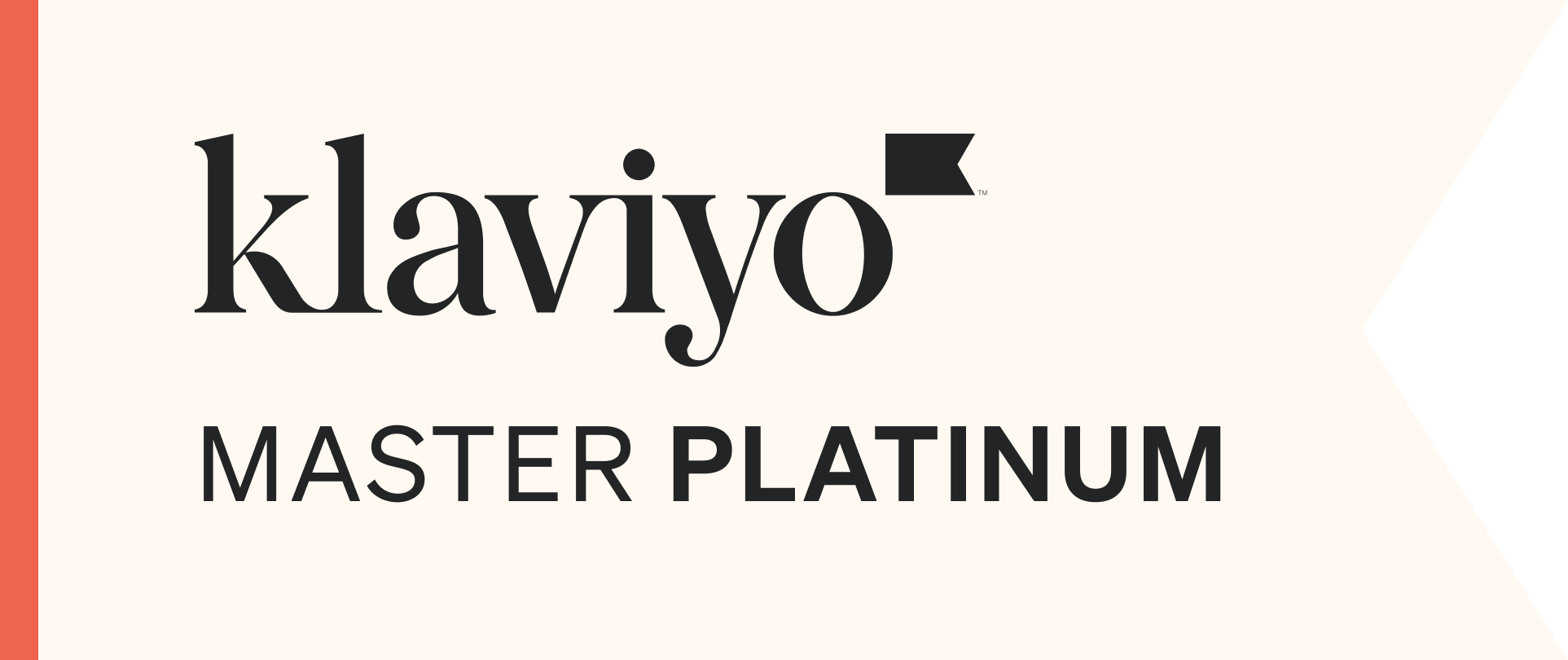By Alan Coleman on 24 Jun 2014
Last week the Financial Times published an interview with YouTube Executive Robert Kyncl saying that they would remove videos from a number of well-known artists “in a matter of days”. YouTube is launching a new subscription streaming service for music to compete with the likes of Spotify.
What is this new service?
This new service will allow users to listen to whole albums, as well as to store and play music when their mobile device is not connected to the internet. Currently you can only listen to albums on YouTube if it has been uploaded in full as one video or if someone has made a playlist consisting of each individual song. Likewise you need to have an internet connection to play these songs. This premium YouTube service will be ad-free and will be available at an as-of-yet unconfirmed monthly fee. YouTube says that it has signed agreements with around 95% of the labels they currently work with, including the big three – Universal, Warner and Sony. However, a number of independent music labels have not yet signed up to an agreement, leading to fears that these labels, and the artists they represent, will see their music removed from YouTube.
Why have this 5% of labels not signed up like the rest of them?
Advocates for these independent labels such as the WIN (Worldwide Independent Network) claims that that the terms offered to them by YouTube are unfair compared to those offered to the bigger labels.
They also claim that the take-it-or-leave-it offer made by YouTube is considerably lower than the existing rates offered by the current market leaders such as Spotify, Rdio and Rhapsody. These artists currently make money on YouTube by monetising their videos using ads. Under the new deal, the copyright holders are given a proportional amount of the overall revenue generated. The so-called Big Three can demand larger proportions of this revenue due to their size and the number of artists they represent. This means that somewhere along the line, someone is going to have to take a reduced share and YouTube (understandably) don’t want it to be them. YouTube wants to maintain a consistent experience between their paid and non-paid channels i.e. they don’t want to offer certain songs to people for free when they can’t offer them to paying subscribers. This extends to their reluctance to have some monetised songs containing ads alongside the rest of the ad-free music.
What does this all mean?
At first glance, it appears as though we could see music from artists like Adele, the Arctic Monkeys and Radiohead disappearing from YouTube any minute now. But on closer inspection, this doesn’t seem to be the case. Firstly, many of these artists have official Vevo channels (the three mentioned above all have official Vevo channels). Vevo is a separate website for music videos which also runs channels on YouTube for music labels. Vevo is part-owned by Google, as well as Universal and Sony, and a spokesperson for Vevo told TechCrunch “to clarify, music videos from the indie labels and distributed by Vevo on YouTube will not be taken down”. Although YouTube has confirmed that they will be removing some videos from its site, it is looking more likely that it will only do this to official content that comes from the artist or the label - for example, videos of live performances and official recordings - if they have not signed up to this new deal. Music videos uploaded by users look as though they will stay on YouTube, though they won’t be monetised. This means that there will be no ads shown with these videos, so the artist will not make any money from them. It looks like artists will be able to request that these videos are removed if they wish, but YouTube won’t be actively seeking them out.
Who are the big losers here?
It looks like this is a lose-lose-lose-lose situation. It’s difficult to see too many obvious winners coming out of this dispute. The artists and labels who haven’t signed up to this deal look like they’re set to start missing out on what can be a significant revenue stream when their videos are either taken down or the monetisation of them is stopped. However, to back down and accept YouTube’s reduced terms sets a dangerous precedent for any future negotiations.

YouTube itself is faced with a conundrum with regards to what to do next. If it leaves these videos on its site, it runs the risk of losing potential subscribers who may find it difficult to justify paying for a service with less content than the free version. It also runs the risk of annoying it subscribers as different songs would have different features available to them. This lack of consistency in user experience is viewed as a big problem within YouTube. However, if YouTube removed these videos, it could see a large chunk of its current user base abandoning its website for another source. YouTube is the 2nd most used search engine in the world, and removing possible search results is an unusual move. Not to mention the fact that it will be entering a market with an ostensibly inferior product to its competitors such as Spotify, who offer music from these artists. It also doesn’t do a huge amount of good for YouTube’s public appearance. This story has been well-publicised and gives YouTube the appearance of a faceless corporate bully that it has worked so hard to avoid over the years. YouTube will also be missing out on the revenue that was previously being generated by the ads on these videos. Advertisers will lose out on placements for their ads when these videos are either removed or de-monetised. For specific businesses, these videos would be prime real estate for your ad to be shown, but they will no longer available for this purpose. Although not as bad as it looked when the story broke, YouTube’s users will still miss out when they start to remove videos. A smaller selection of videos can only be a bad thing for users; I just hope that it’s none of my own personal favourites that are taken down.



.png)
.png)







_2025.png)

